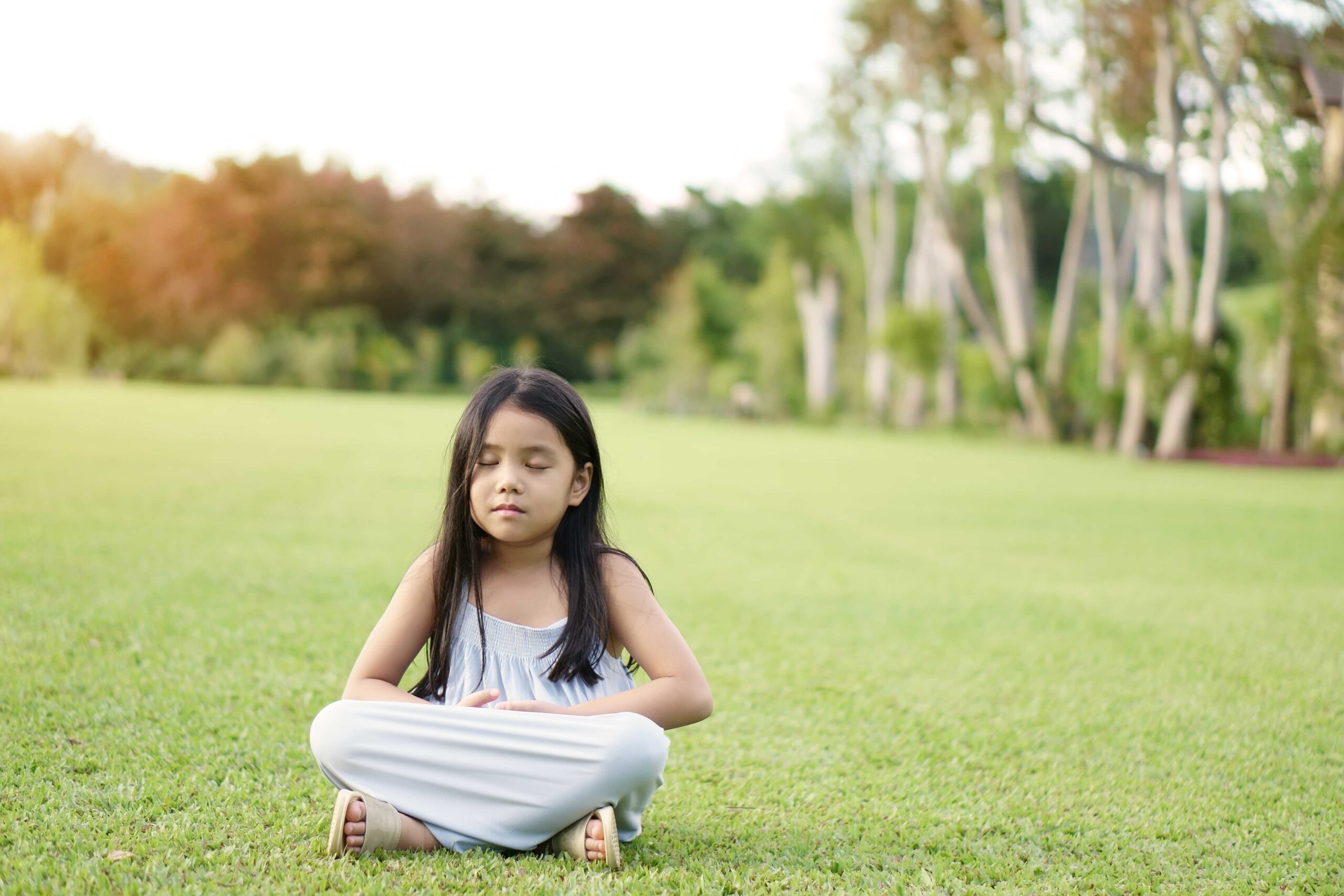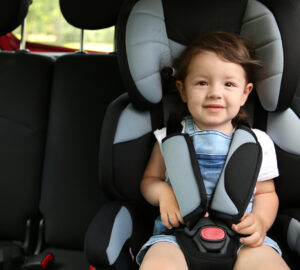
Trauma lives in our bodies. Here in Maui, whether you experienced trauma directly or indirectly, residues of that experience still echo through your nervous system and your tissues. Reaching out to a trained professional after a traumatic event is crucial, especially when the effects feel overwhelming and all-consuming.
There are practices that we can bring into the daily rhythm of our lives that can begin to release some of the after-effects from our system. Try these practices with your kids. No need to explain why you are doing them unless they are curious. Bring a sense of lightness and play and you will all feel like a weight has been lifted.
Soft Belly Breathing
Sit comfortably, releasing your weight into the sensation of gravity. Let yourself feel fully supported by whatever is beneath you and relax a little more into that feeling. Close your eyes if that’s comfortable. Allow your belly to be soft as you slowly inhale through your nose and exhale through your mouth. Say to yourself, or out loud, “soft” as you inhale and “belly” as you exhale. Repeat for as long as your keiki will sit still. If you are practicing alone, you might include a slow body scan and set a timer for 5-10 minutes.
Shaking and Dancing
Moving your body is a way to break the pattern of holding and tension that you carry. Let your knees be soft, your arms hang. Begin to shake and bounce your body. Let your head go and your jaw release. If sound wants to come, let it out. Keep going for 6-8 minutes. It can be helpful to have some rhythmic music to shake and bounce to. Then stop the movement and notice your breath as it moves through your body. Be still for a minute or two. Then play a song whose words inspire and have a fluid quality. Let yourself move freely to the music. “Dancing” is a relative term, and you can choose to use it or not, but don’t let yourself be confined by any ideas of how it “should” look. Just let your body move to the beat of the music. When the music stops, again let yourself be still and relax. You might want to invite your keiki to talk about how they feel, or you may want to journal what happened to you.
These practices were developed by James Gordon, MD through his work with The Center for Mind Body Medicine. His book Transforming Trauma: The Path to Hope and Healing share more practices, and he has many more free resources online at cmbm.org.



